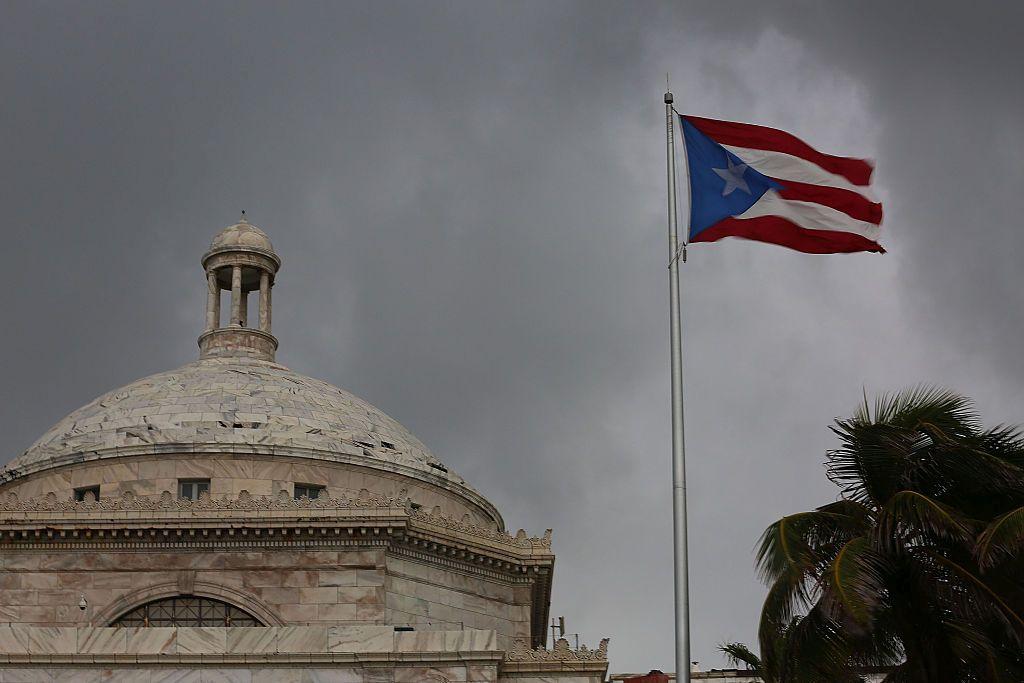Commentary
Puerto Rico’s tortuous path out of insolvency offers hard lessons for U.S. states piling on debt as if there were no tomorrow. Creditors counting on a federal bailout should brace for substantial haircuts.

Puerto Rico’s tortuous path out of insolvency offers hard lessons for U.S. states piling on debt as if there were no tomorrow. Creditors counting on a federal bailout should brace for substantial haircuts.